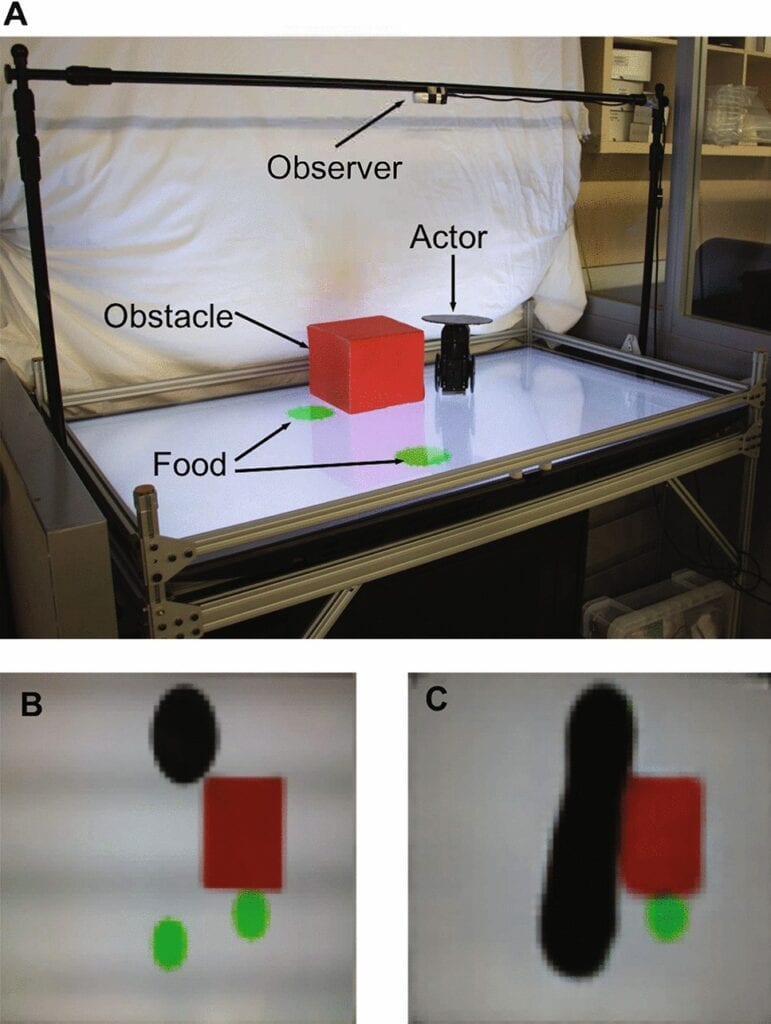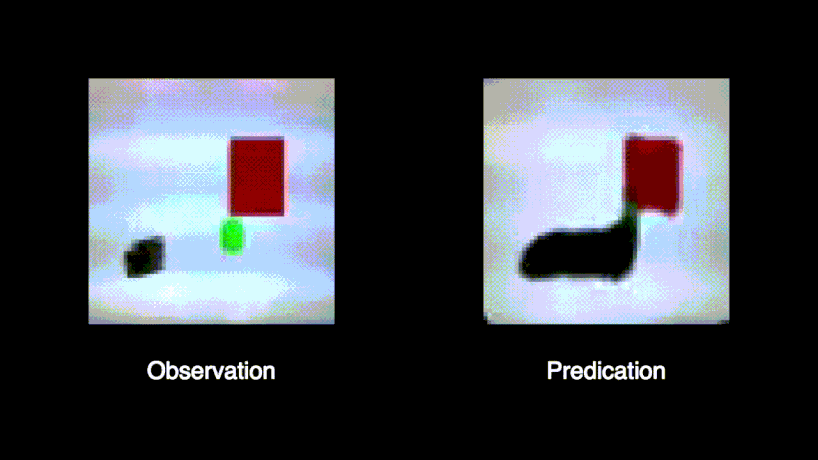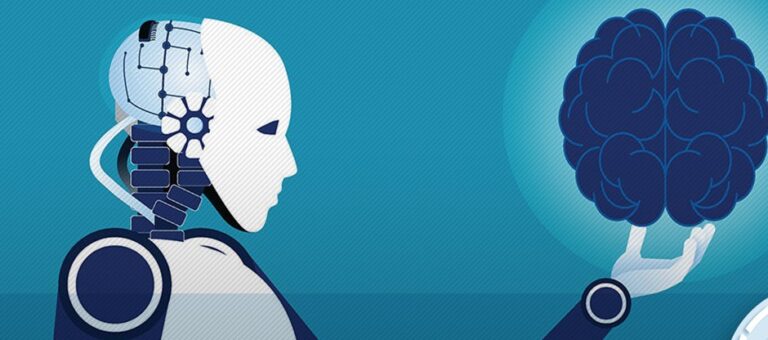The robot’s view of the world differs, which makes its decisions different from those of humans, and we can call this understanding “theory of mind.”
Theory of mind
It is part of the cognitive science that searches for how we attribute mental states to other people and how we use these states to explain and predict the behavior of these people, or it can be said: It is the science that searches in the field of mind-reading, thinking and mental abilities (1), as it is the distinguishing and main feature of perception. In humans and primates, which are present in all humans from early childhood, they are a key factor in complex and adaptive social interactions such as cooperation, competition, empathy, and deception (1,2).
In children, for example; This ability (theory of mind) can lead to many fun activities such as a game of “hide-and-seek” or complex maneuvers such as lying (2). But what was there before the mind?
Origins of theory of mind
The origins of theory of mind are difficult to verify, as the cognitive process leaves no trace in any fossil record, so a team at Columbia University is investigating experimentally (by experiment) for evidence that theory of mind was preceded by a much simpler hypothesis that could be called “modeling visual behavior.” (Or Visible Theory of Mind) (2).
Visual behavior modeling
To understand this term, which seems somewhat complicated, two basic elements must be recognized: the observer and the subject.

Experience
The team tested that hypothesis (that long-term consequences of behavior can only be predicted visually), creating a robotic system consisting of a robot (subject) and another robot (observer), in which the observer watches the actor from above and predicts his behavior.
The team programmed the robot (the actor) to search and move towards any green circle it could see, and that green circle was sometimes covered by a long red box of cardboard, and in this case; The robot is moving toward a different green circle, or not at all (2).

The result:
The result was surprising due to its accuracy, as the robot (the observer) was able to predict the behavior of the robot (the actor) by 98.52% on average, knowing that the robot (the actor) was choosing randomly each time from 4 different behavioral models (2).#

“Our initial results are very exciting,” said Boyuan Chen, the lead author of the study. “Our findings show how robots can see the world from the perspective of another robot, as an observer’s ability to put himself in the place of his partner is – If it is to be expressed – and understood – without direction – whether his partner can see the green circle from his point of view or not, then it may be a rudimentary form of sympathy ”(3).
This experience is distinguished by the method used by the observer in order to predict the behavior of the actor, which is training on a number of videos only without knowing anything about the nature of the situation he is watching, superior to other similar experiences that relied on symbolic thinking using pre-defined sets of inputs and procedures. (2).
An interesting conclusion
By using only primary camera data as input, the team has demonstrated the ability of the robot (observer) to monitor the robot (the subject) and predict its future plan or behavior before it actually happens, by using only raw camera data as input, and the team believes that it is possible that our primate ancestors learned a pattern of prediction. Behaviorist based solely on vision (just as it did in experience) long before they learned to frame their inner thoughts into language. And for example; Perhaps we see an impending collision with another person long before we think about it consciously or verbally, as this mental picture allows us to get out of the way because we can see the impending collision before it happens (2).
Hod Lipson, a professor of mechanical engineering at Columbia University, believes that the robot’s ability to predict future actions is not unique, as he says: “We – humans – sometimes think visually as well, so often we envision the future with the eyes of our minds rather than words” (3).
And the strength of this exciting conclusion is enhanced by a scientific study in the field of psychiatry published several years ago, which concluded, through numerous evidence, that the visual perception of things is active in certain areas of the brain, but the surprise is that they are the same areas in which the theory of mind is active (4). Which leads us to the question: Is the visual prediction of a specific event before the collision the cornerstone from which the theory of mind developed?
This experience may be a key to understanding many forms of social behavior in humans and primates.The ability of a machine to predict the actions and plans of others without knowing any information about the surrounding environment, symbolic thinking, or language may shed light on the origins of social intelligence, and pave the way towards more skillful machines at the level. Social (2).
Sources:
- Marraffa M. Theory of Mind [Internet]. Internet Encyclopedia of Philosophy. Available from: Here
- Chen B, Vondrick C, Lipson H. Visual behavior modelling for robotic theory of mind. Scientific Reports. 2021;11(1). Here
- Robot Displays a Glimmer of Empathy to a Partner Robot [Internet]. Columbia Engineering. 2021. Available from: Here
- Schurz M, Kronbichler M, Weissengruber S, Surtees A, Samson D, Perner J. Clarifying the role of theory of mind areas during visual perspective taking: Issues of spontaneity and domain-specificity. NeuroImage. 2015;117:386-396. Here


0 Comments